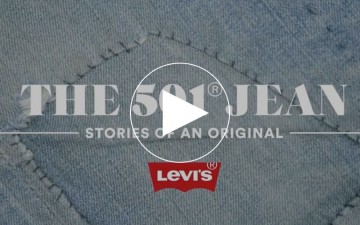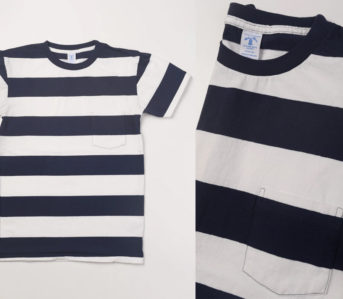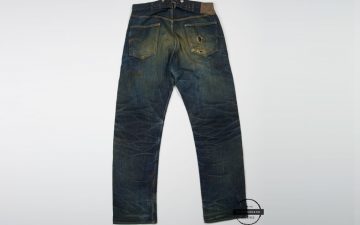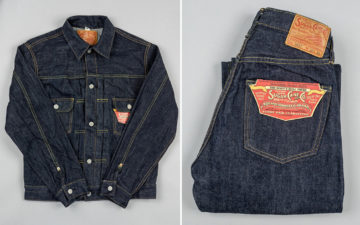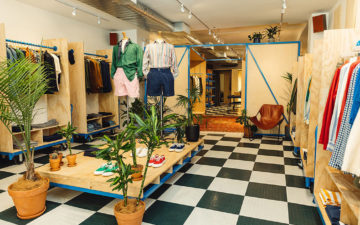Covid-19 keeps coming and so do the shake-ups in the retail world. The most recent challenge comes for Tailored Brands: the parent company of Men’s Wearhouse and JoS. A. Bank.
“You’re gonna like the way you look…”
Tailored Brands announced July 21st, plans to close about 500 stores across the country, but on August 4th, things worsened for the company, which filed for Chapter 11 bankruptcy. Like, Brooks Brothers and to some extent, J.Crew, Tailored Brands’ flagship stores had catered to professionals who needed their reasonably-priced suits to wear to work (and non-professionals who needed something to wear to prom or a funeral).
With the majority of working Americans stuck at home on Zoom (possibly not even wearing pants), Men’s Wearhouse and JoS. A. Bank saw a drastic drop in sales. But like almost all retailers declaring bankruptcy in the covid-era, Tailored Brands’ downfall lay in its pre-covid conduct. The company had been walking a tightrope, balancing an unsustainable debt load and juggling two incompatible business models.
George Zimmer, the founder of Men’s Wearhouse (and the “You’re gonna like the way you look, I guarantee it!” guy from mid 2000s commercials), was ousted in 2013 and weighed in on the company’s filing to the NY Times. “I spent 40 years creating a really neat company, and it only took seven years to destroy it.” A mere year after Zimmer’s firing, Tailored Brands acquired JoS. A. Bank, a deal that likely sealed their fate. The decision to acquire another chain and consolidate two affordable tailored-goods stores under one roof perhaps made sense to someone at Tailored, but not in the larger context of retail.
Who has a suit?
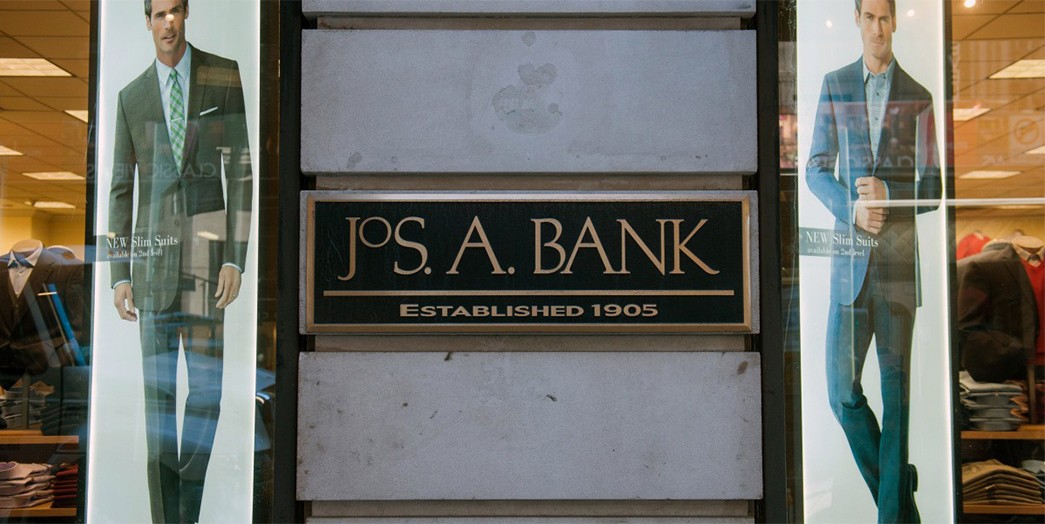
Image via Fortune.
The merger of two underperforming businesses, each with their own expansive brick & mortar empires, did not pay off. In May of this year, Tailored Brands had a $1.2 billion long-term debt load. By doubling their retail footprint, the company effectively doubled the rent they needed to shell out, and all in a time when fast fashion and online retail were setting the industry standard. Added to which, suit sales had been going down over the last fifteen years, largely because of the dissipation of business dress codes.
Especially now, with online retailers such as Combatant Gentleman and The Black Tux allowing customers to shop (or rent) the occasional suit entirely online, Tailored Brands struggled. In an attempt to lighten their debt load, the company plans to cut 20% of corporate jobs and shutter 500 stores, a drastic measure which may affect over half of their 19,300 employees. But even these draconian measures may not suffice. They hope to slash their debt by $630 million during the restructuring process.
Tailored Brands’ Future
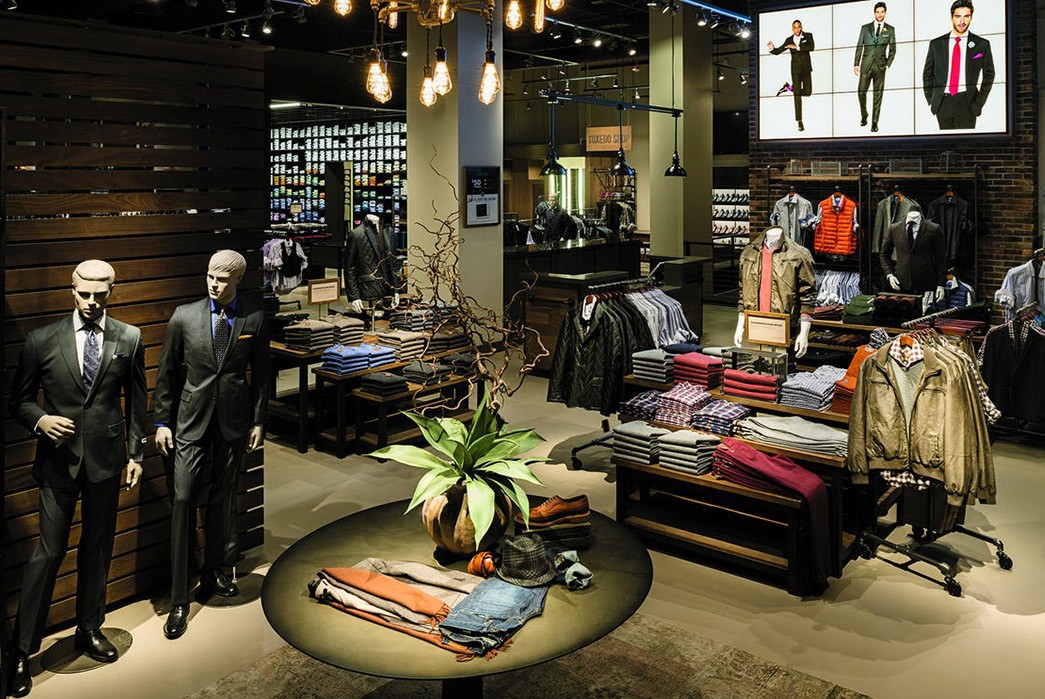
Men’s Wearhouse in Manhattan. Image via USA Today.
Tailored Brands has asserted their wish to remain viable, to continue peddling low-end suits to the masses (whether or not they want them). But with a long list of inadvisable business moves under their belt in the last 7 or so years, their future seems doubtful. The company’s main brands would require a huge overhaul to survive, but it’s unclear if anyone outside Tailored Brands’ corporate is interested in this.
Buying a low-end suit can now be done without leaving the comfort of your home and even the best and greatest more upmarket makers, like Brooks Brothers, have struggled to hold onto their more committed fanbases. The output required to supply their current armada of 1,274 stores in the U.S. requires an even greater supply of outsourced labor and material that (at least with their current business model) likely ends up in landfills.
Covid-19 has allowed us a chance to reflect on the gross overconsumption in our economy. You can currently buy a full suit at Men’s Wearhouse for $89. A remarkable achievement, but that price belies the true environmental cost of the resources it took to create it, the human cost of the people who sewed it, and the landfill it will most likely occupy. If you investigate the exploitative and wasteful systems that can produce such an “affordable” garment, you won’t like the way they look. I guarantee it.



